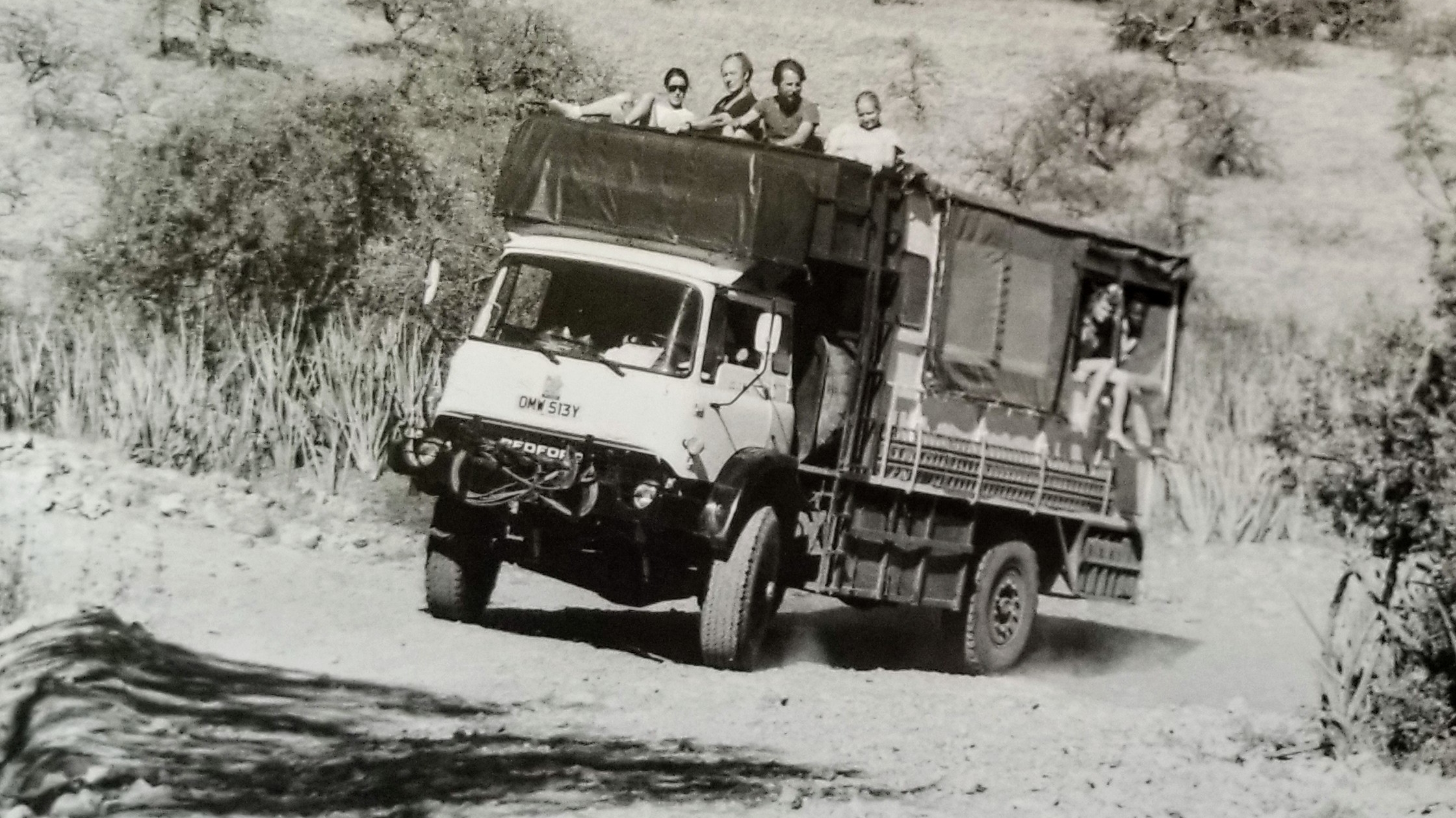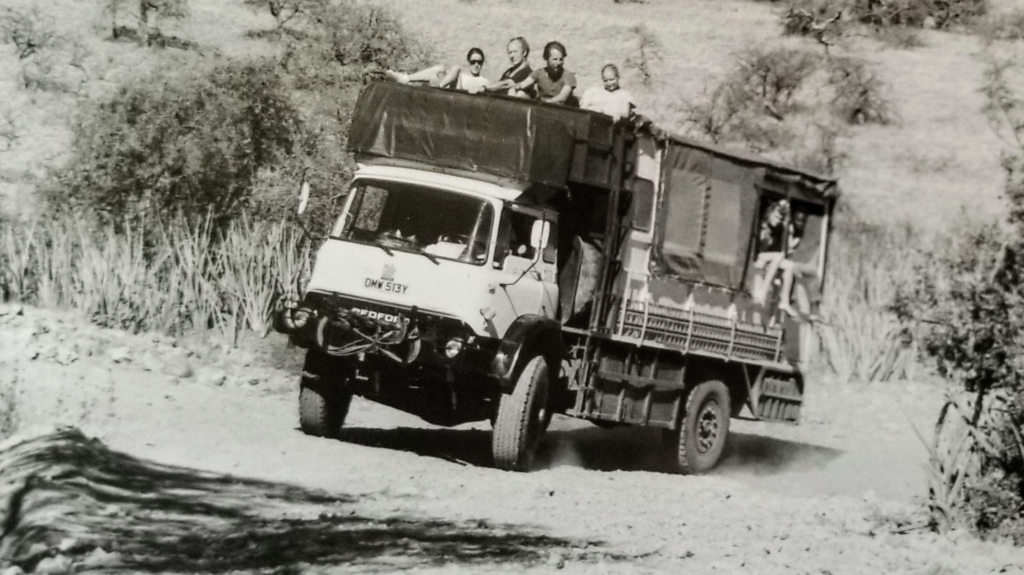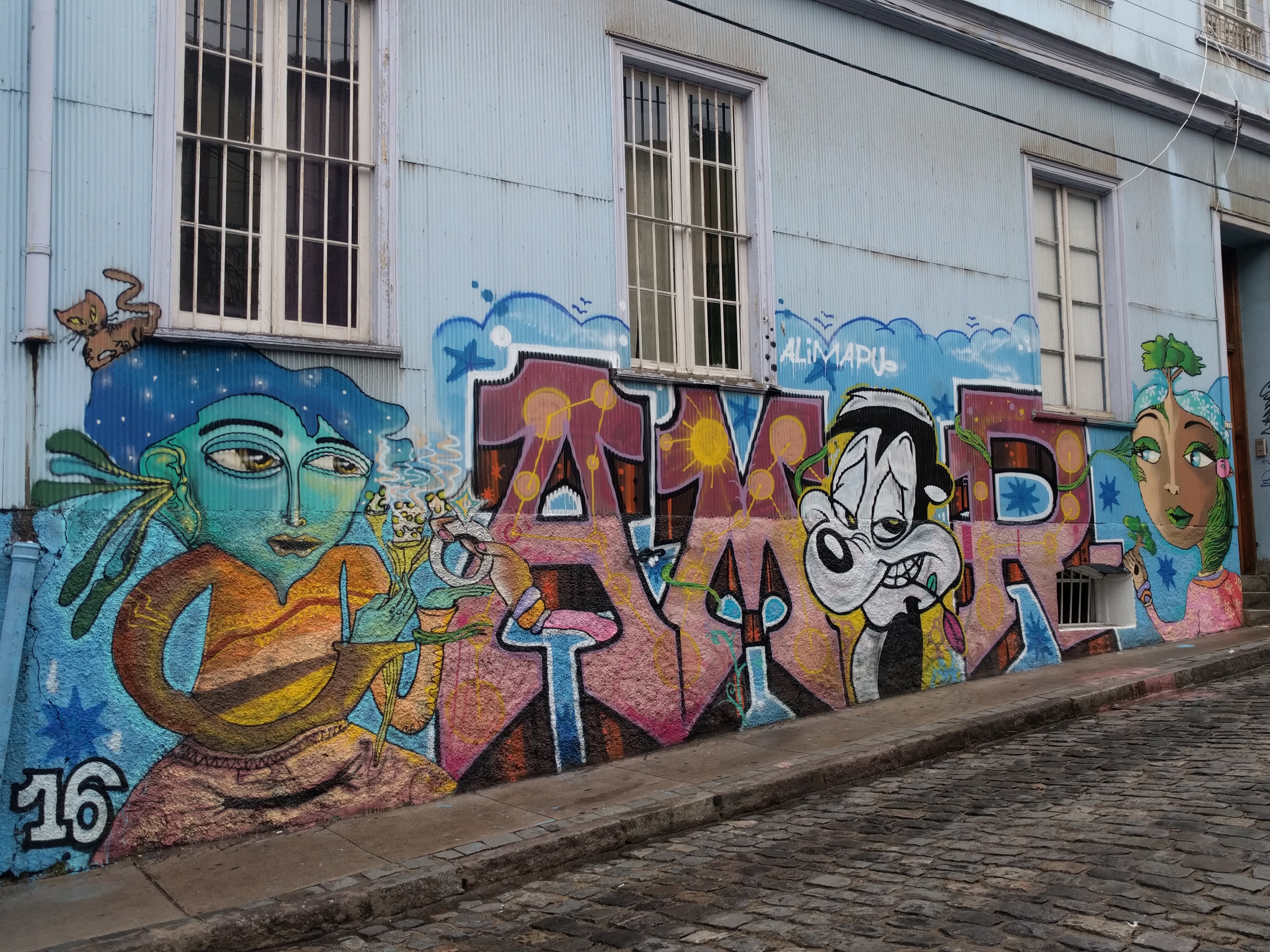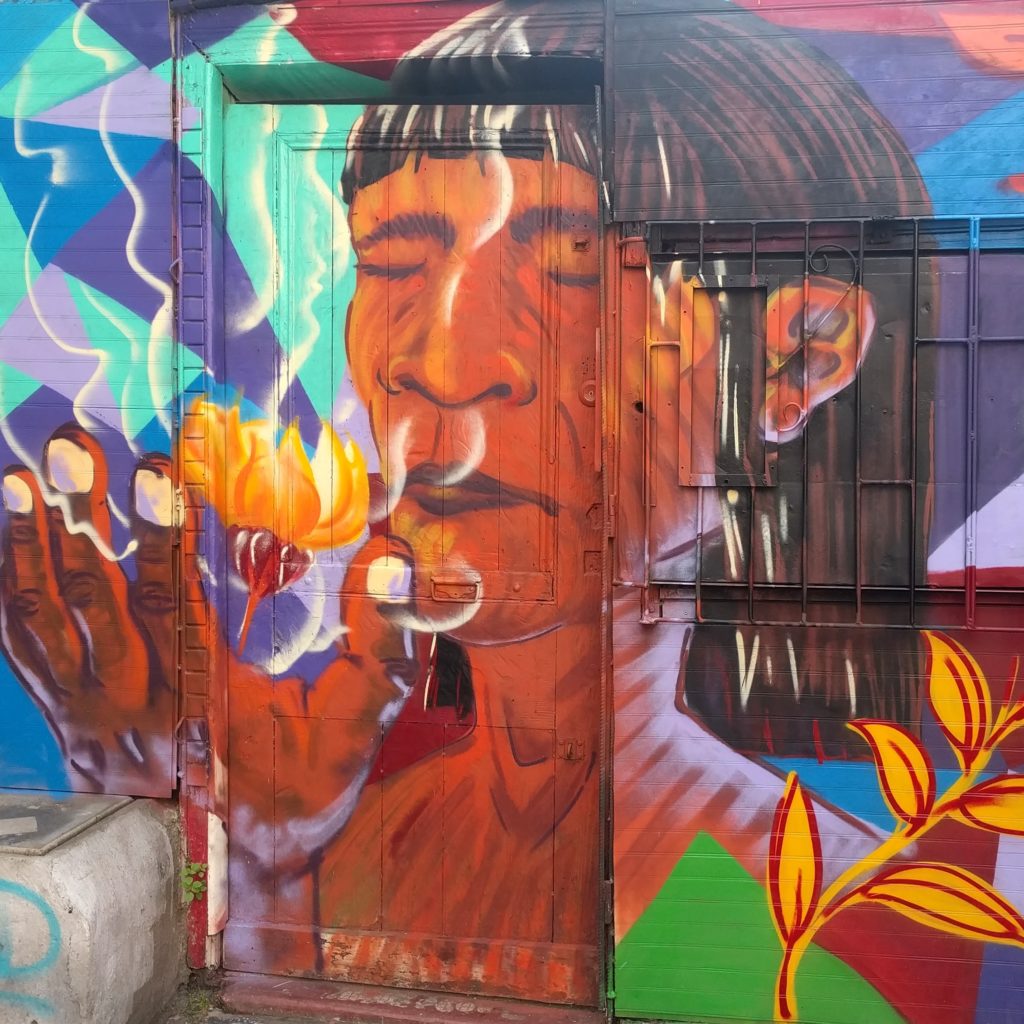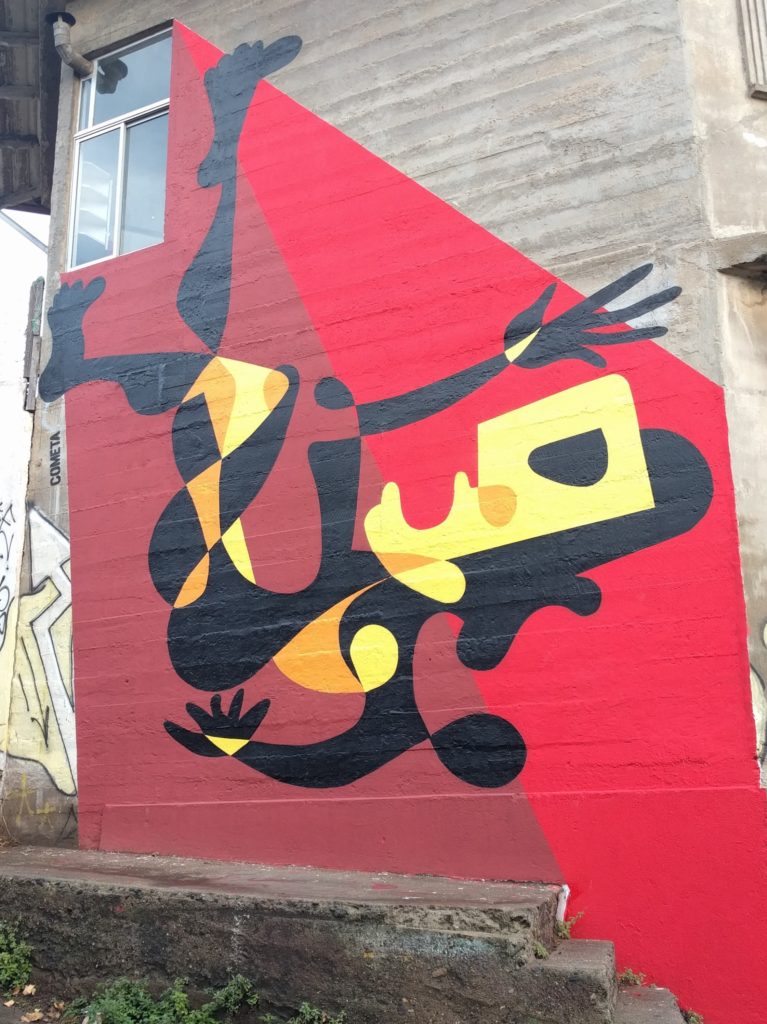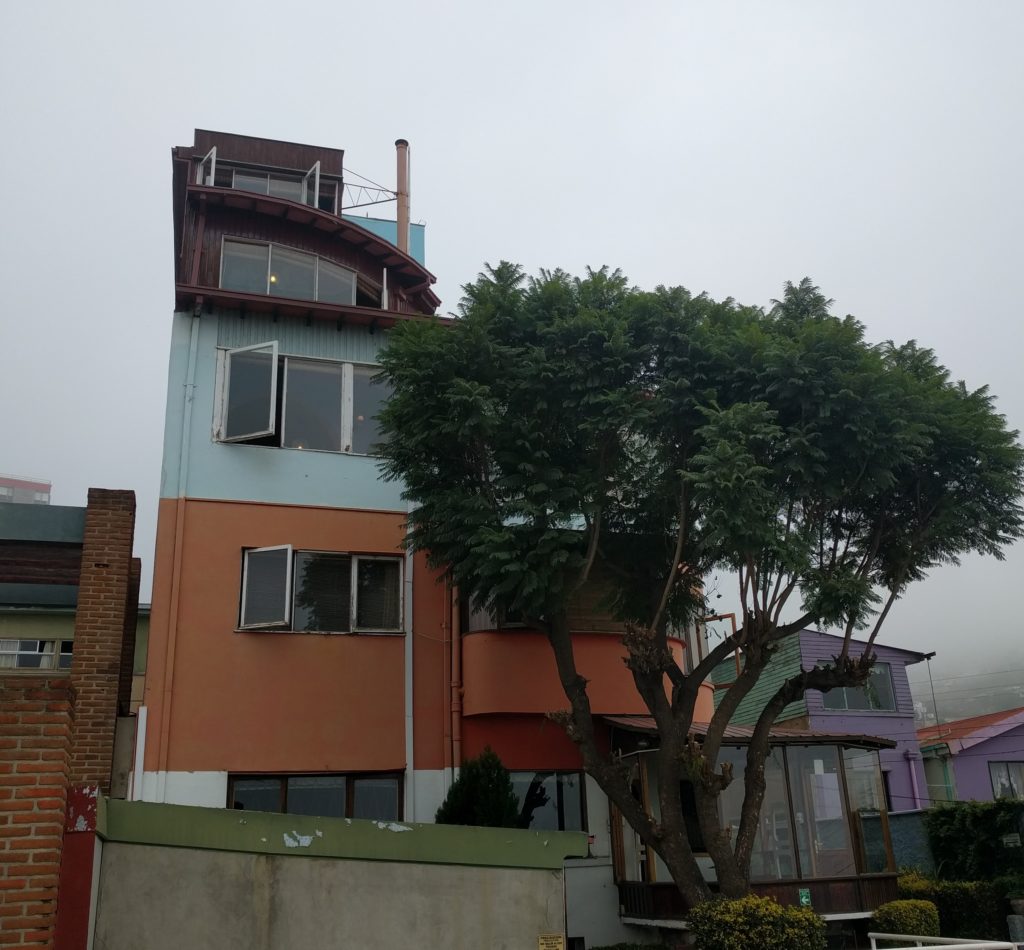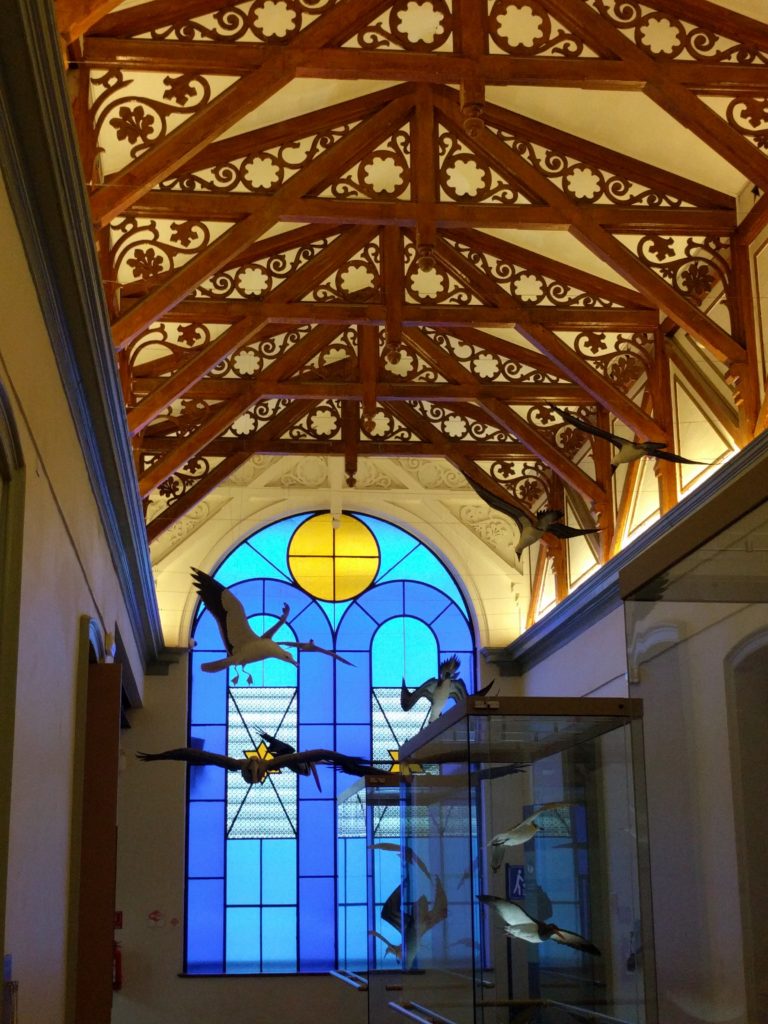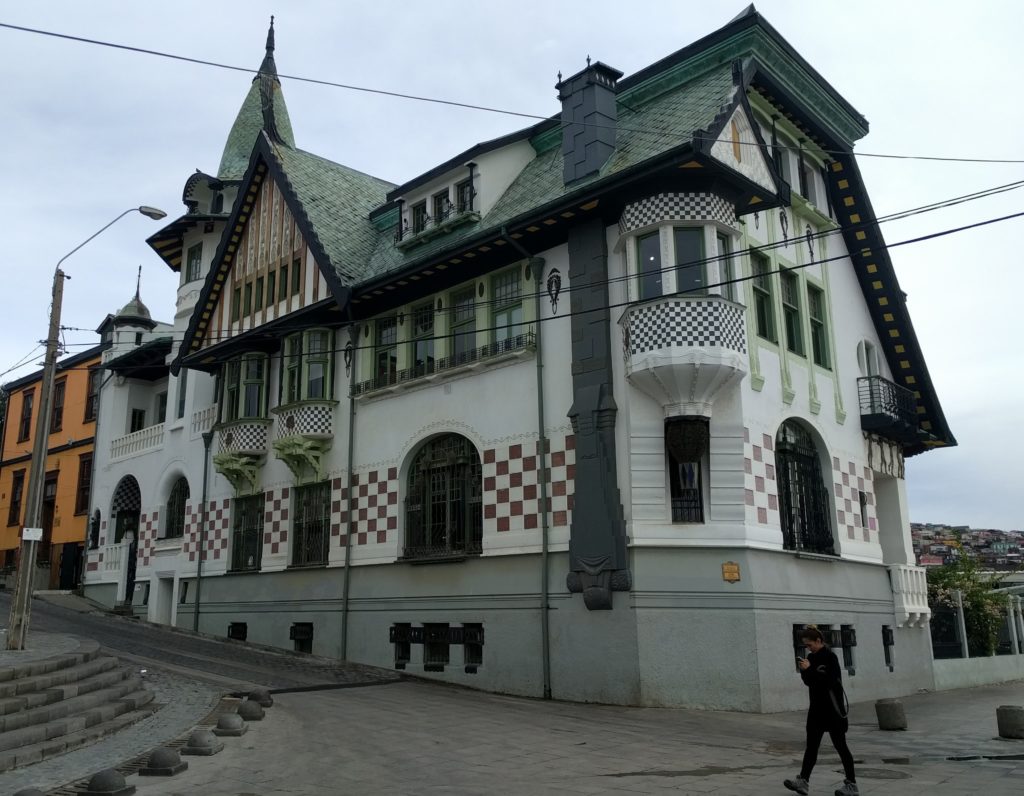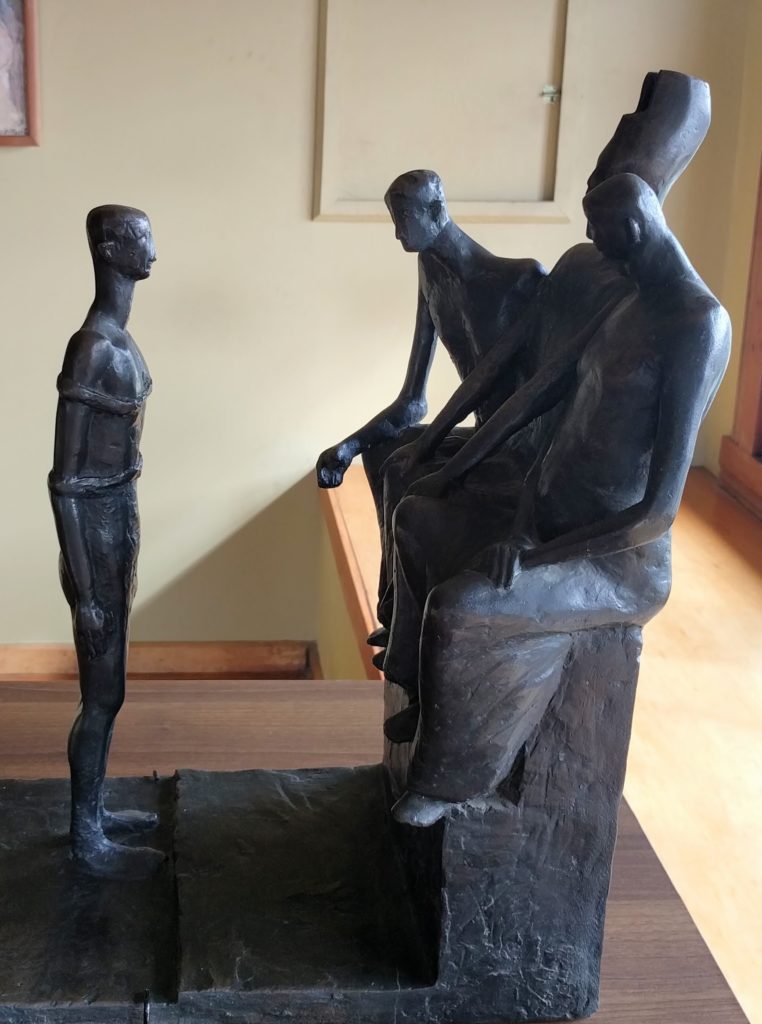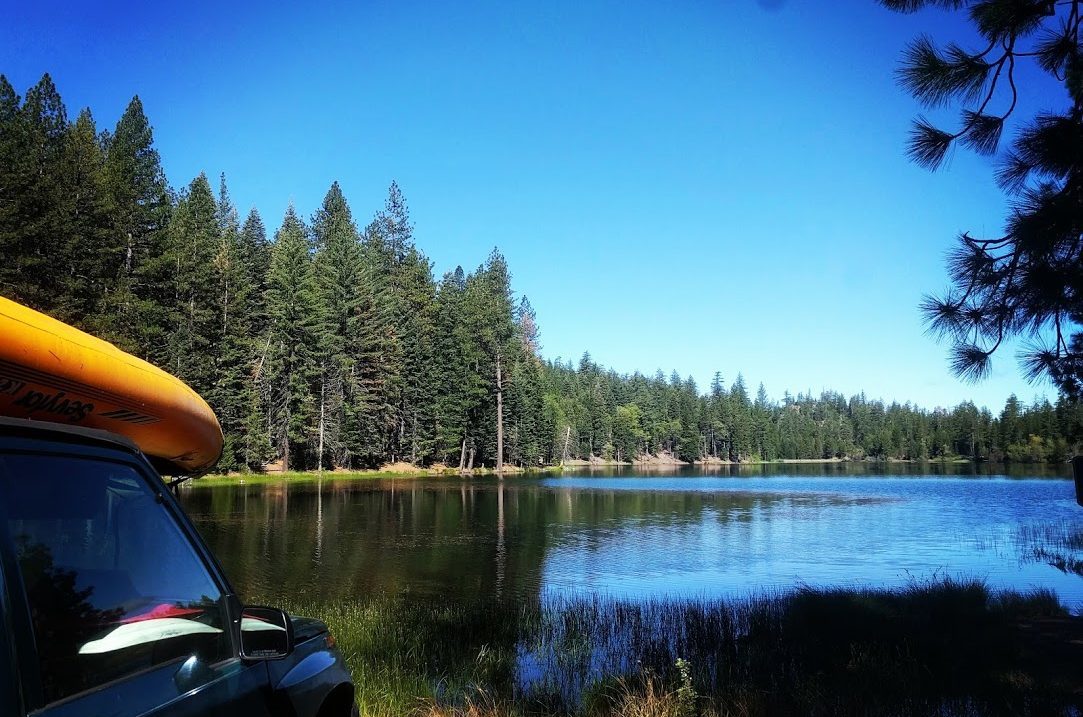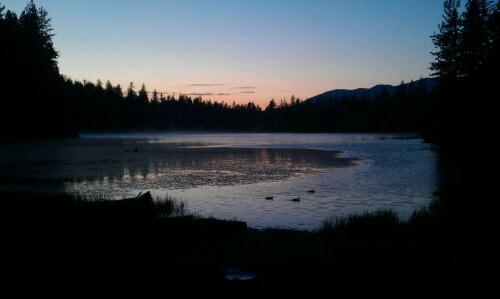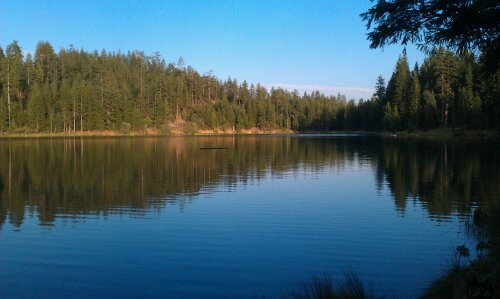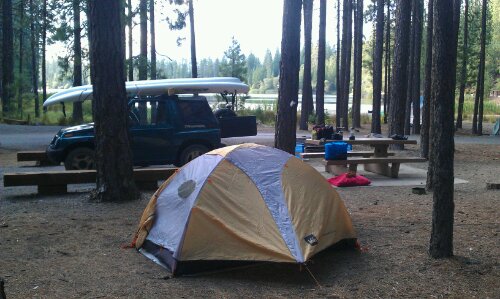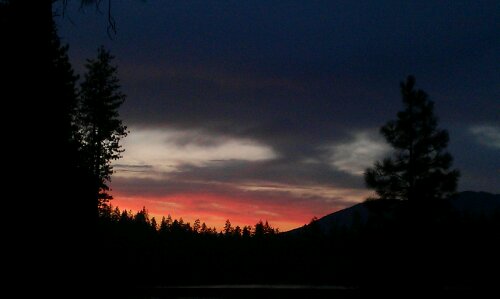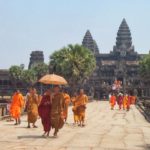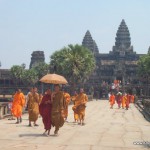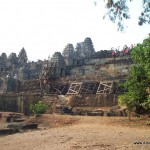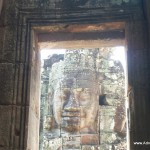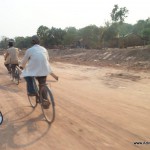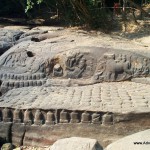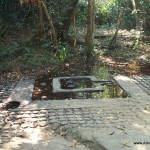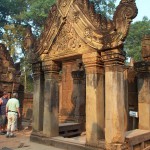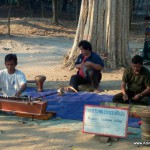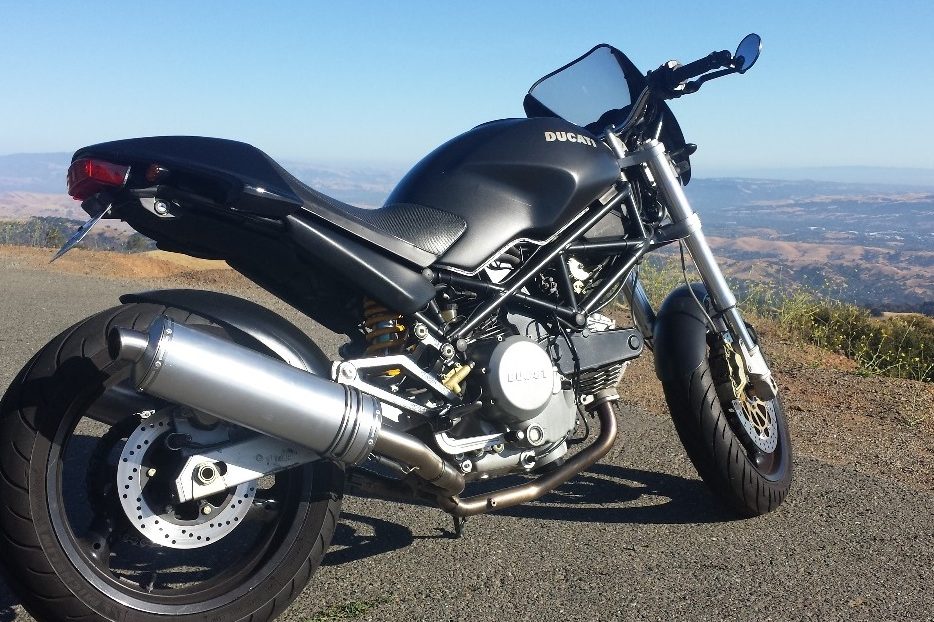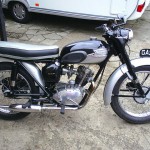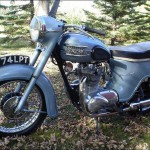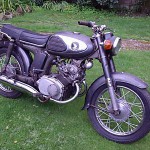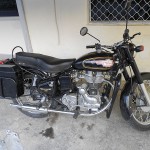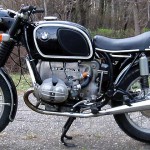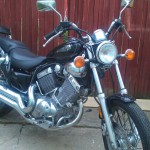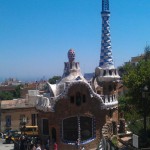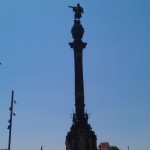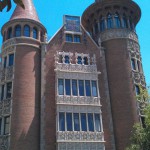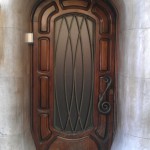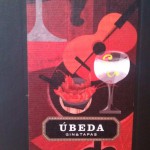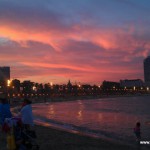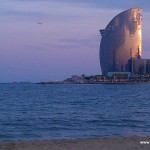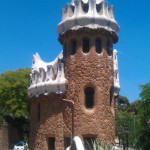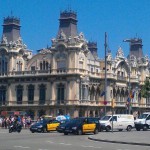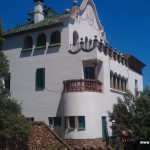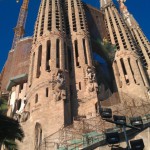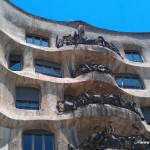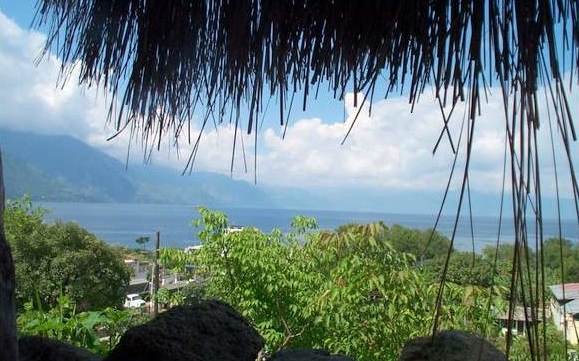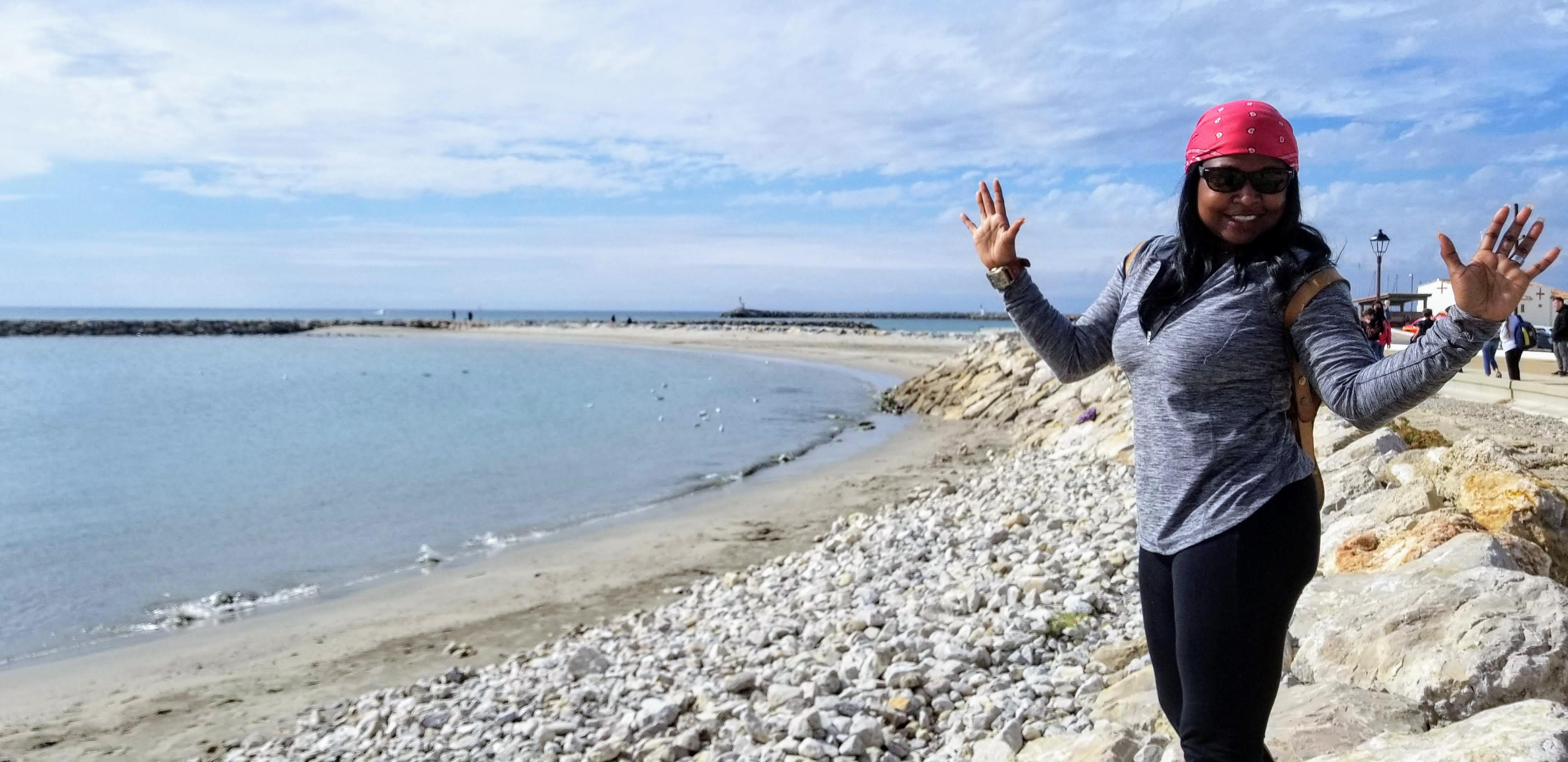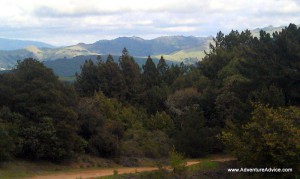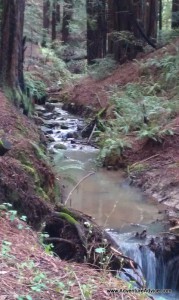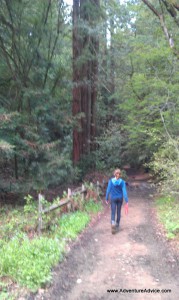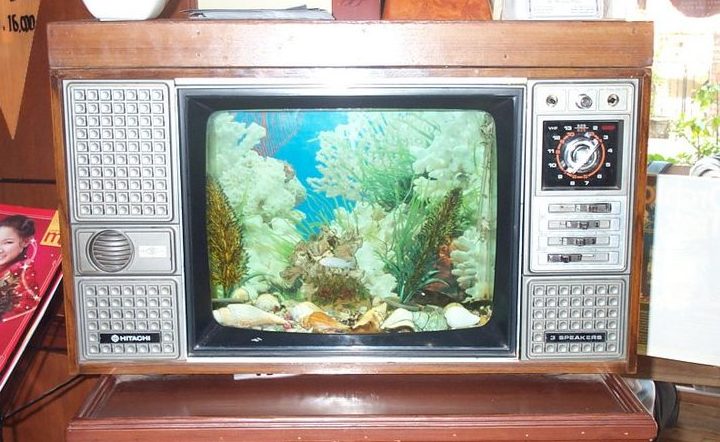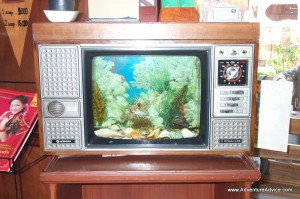
5 Must Sees in Languedoc-Rousillon
Languedoc-Rousillon lies between Provence and the Pyrenees, hugging the Mediterranean coast just north of the French / Spanish border. Together with Midi Pyrénées, it forms the new region of Occitanie. Less crowded than Provence, it offers historic towns and cities, rugged mountain scenery, fertile valleys filled with vineyards, and beautiful coastline.
Rich with history and culture, Languedoc is named after the Occitan language that was widely spoken until the 20th century. Further south in Rousillon, Catalan is still spoken, and there are many cultural links with Catalonia to the south. The region was ruled by the Romans, the Visigoths, the Moors, Charlemagne and the Holy Roman Emperors, finally becoming part of France in the late middle ages.
I first visited this area of France in my twenties, and fell in love with the medieval towns and villages, and the beautiful scenery. Returning recently, I have been able to explore the region in more depth, and look forward to spending more time discovering its hidden riches. Here is a list of my 5 ‘Must Sees’ when you visit Languedoc-Rousillon.
1. Pont du Gard
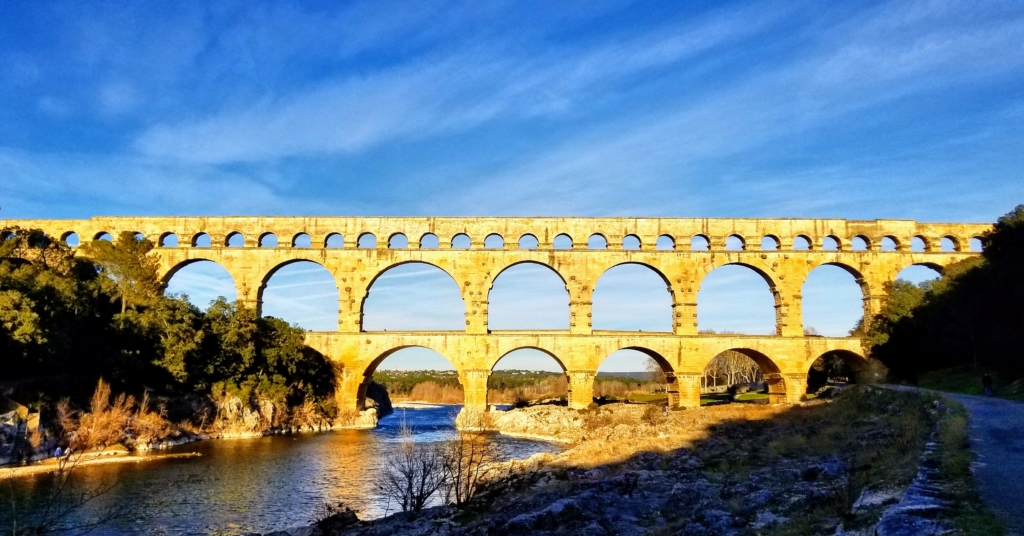
Built in the 1st Century AD by the Romans, this amazingly well preserved aqueduct carried water to fill the fountains and baths of the Roman city of Nemausus, modern day Nîmes.
At 160 feet / 48.8 meters tall, it is the tallest roman aqueduct, and incredibly well preserved. It stands as testament to the engineering and building skills of the Romans.
A UNESCO World Heritage Site, the Pont du Gard attracts a lot of visitors. One way to to avoid the crowds? Rent a kayak and view the aqueduct from the Gardon river below.
2. Carcassonne
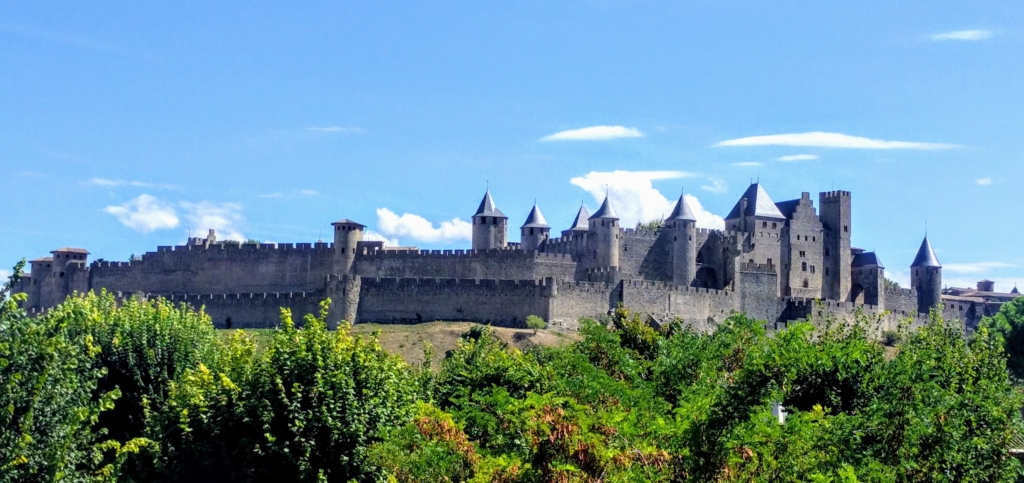
The cité, or citadel, at Carcassonne is one of the best remaining examples of a medieval walled city. Across the river Aude from the modern city, its towers dominate the skyline. Fortified since Roman times, most of the current cité is medieval, and was used to guard strategic trade routes from the Atlantic to the Mediterranean, and the Massif Central to the Pyrenees.
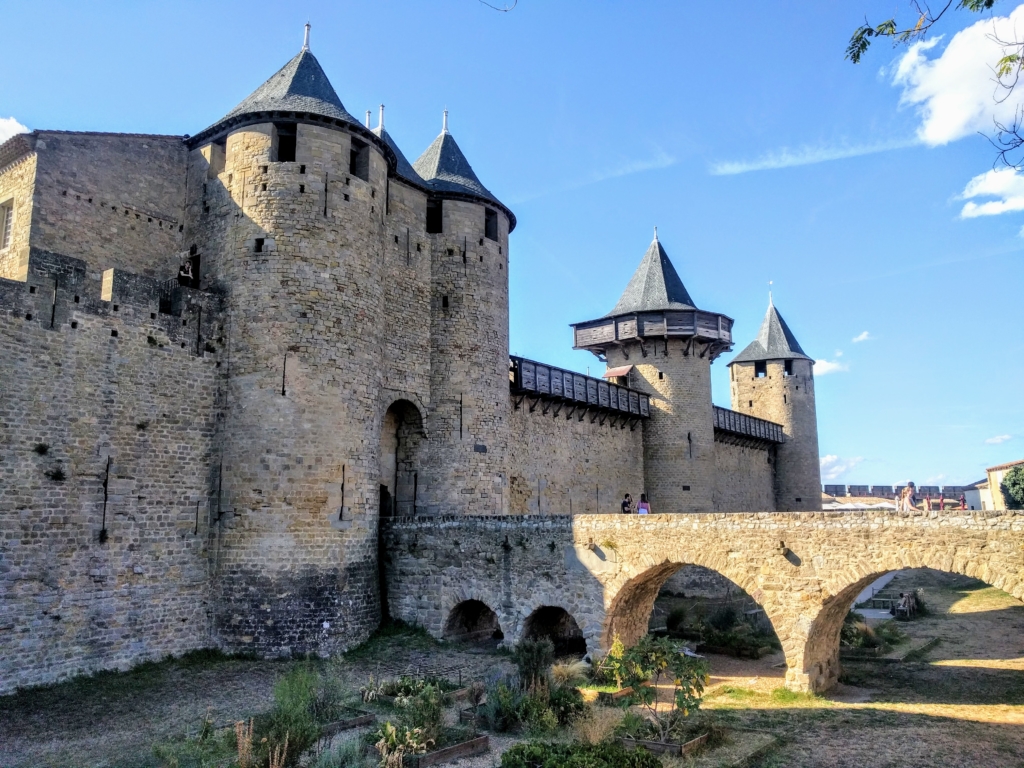
Also a UNESCO World Heritage Site, Carcassonne was a film location for many movies, including Robin Hood: Prince of Thieves. To walk its cobbled streets is to travel back in time.
3. Sète
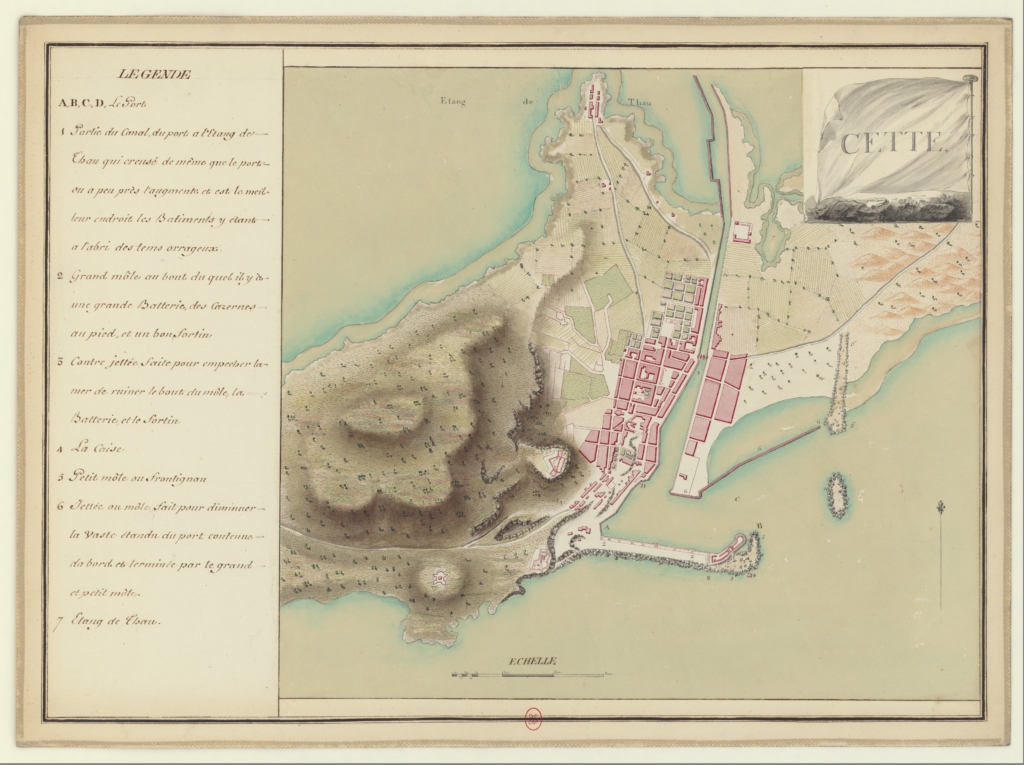
(Cette image provient de la Bibliothèque en ligne Gallica sous l’identifiant ARK btv1b53010782c/f48.item, Domaine public, https://commons.wikimedia.org/w/index.php?curid=31013009)
When Louis XIV ordered the Canal du Midi to be connected to the Mediterranean Sea in the 1660s, the port and town of Sète was founded where the canal met the sea. Set on Mont St Clair, between the salt water lake of Bassin de Thau and the sea, it has always attracted writers, poets and artists.
In the port, fishing boats and sailboats cluster along the piers, and restaurants serve fresh seafood. The town has a large market hall, and many interesting shops and boutiques. Visit Maison Janicot, an épicerie / deli stocked with a vast selection of delicacies and run by friendly, helpful staff.
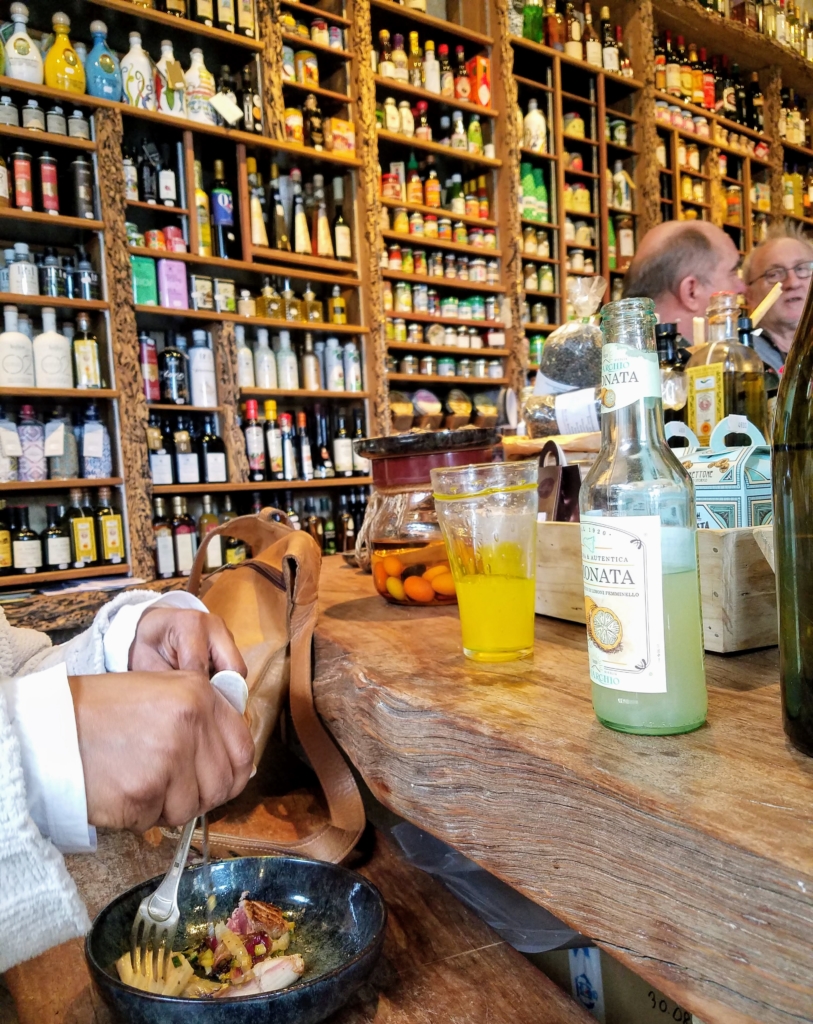
For an interesting preview of Sète, watch the 1954 black and white movie, La Pointe Courte, by famed French director Agnès Varda. Great scenes of traditional fishing life, and of the ‘water jousting’ that was introduced to celebrate the founding of the town in the 1660s, and persists to this day. It’s a great movie at the forefront of the French New Wave.
South of the town are a series of beautiful beaches, with clear blue water.
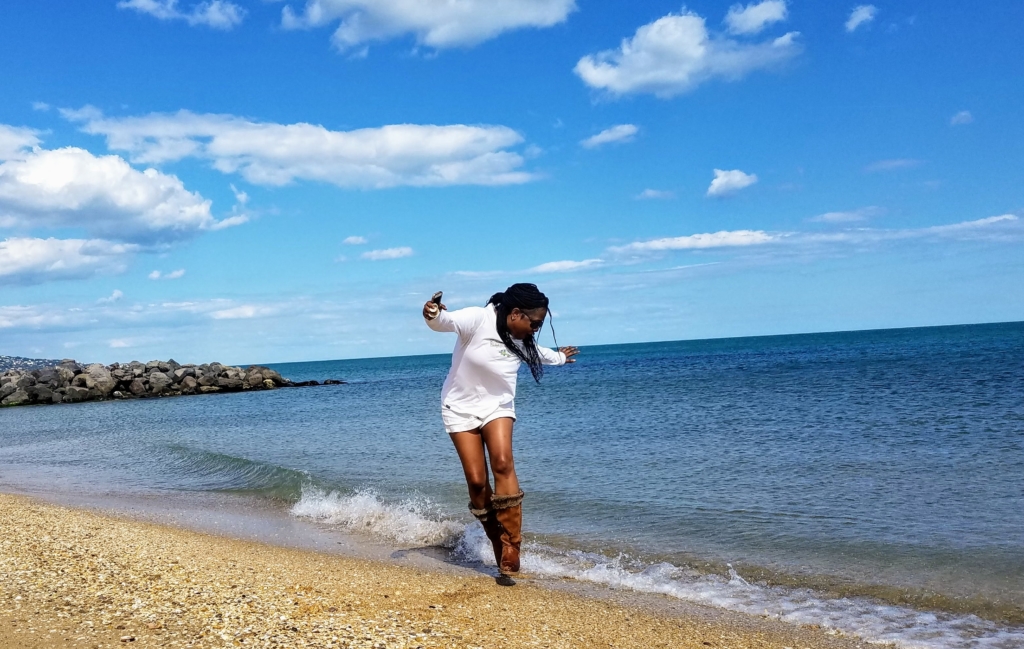
4. Gorges d’Héric
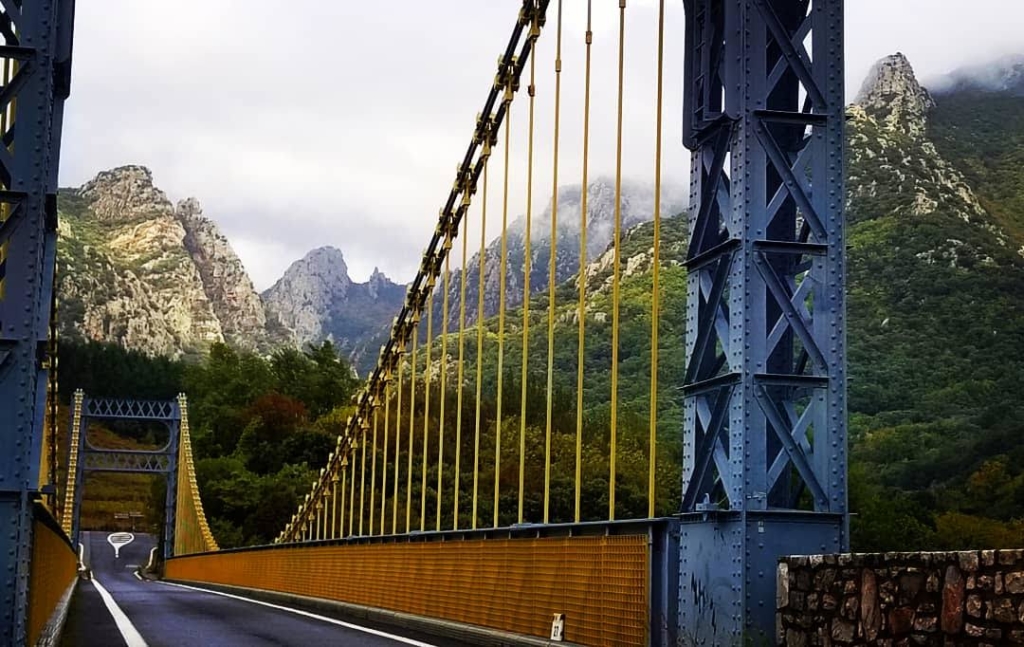
Set in the heart of the Parc Naturel Régional de Haut-Languedoc, the Gorges d’Héric offers a great opportunity to hike and explore the natural beauty created by the river Heric as it carved deep gorges in the side of the Caroux Massif.
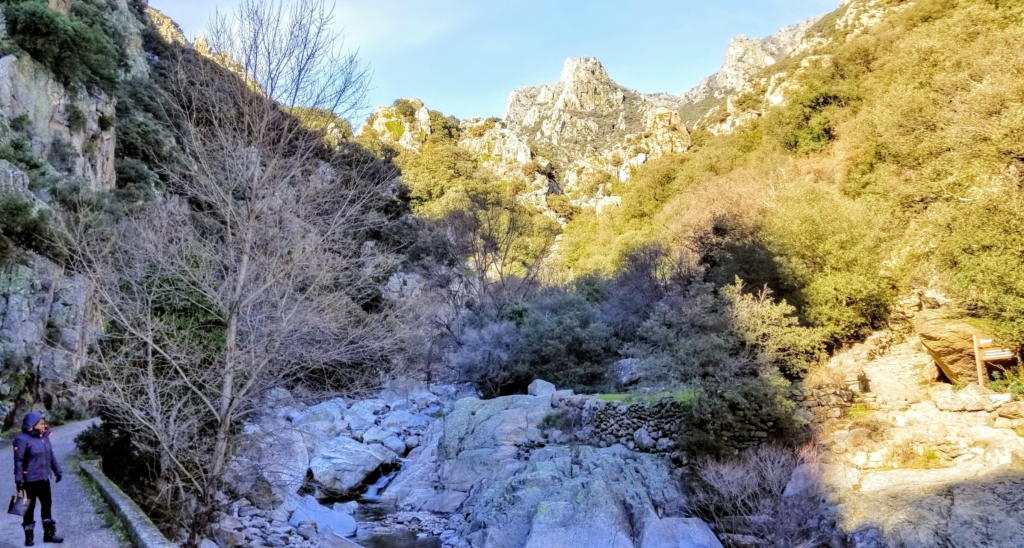
Park at the base of the trail, just outside the village of Mons, and follow the trail alongside the river, past waterfalls and rock pools, as it winds 5kms / 3 miles up to the hamlet of Héric.
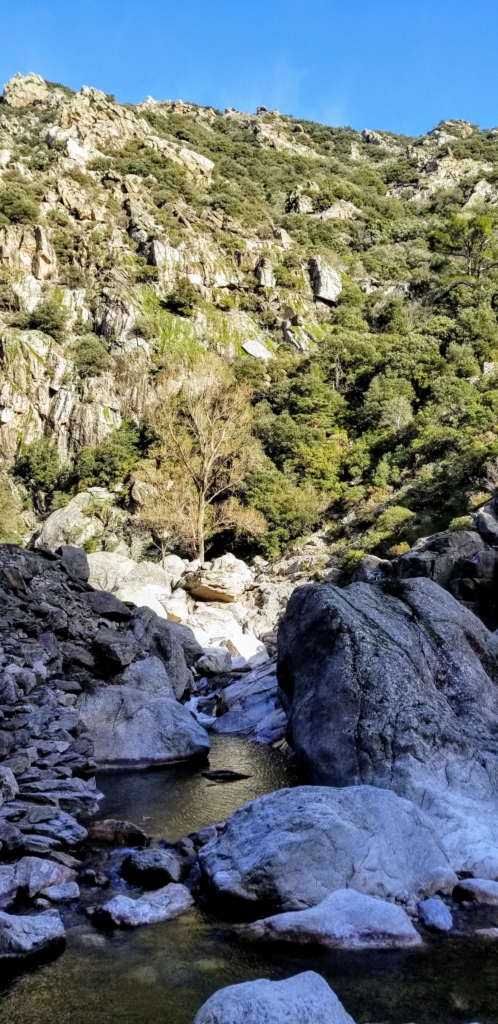
There is a parking fee from Easter until mid-September, and refreshments are available in the parking area and the hamlet of Héric, at the top of the Gorges, during the summer months.
5. Wineries / Vineyards
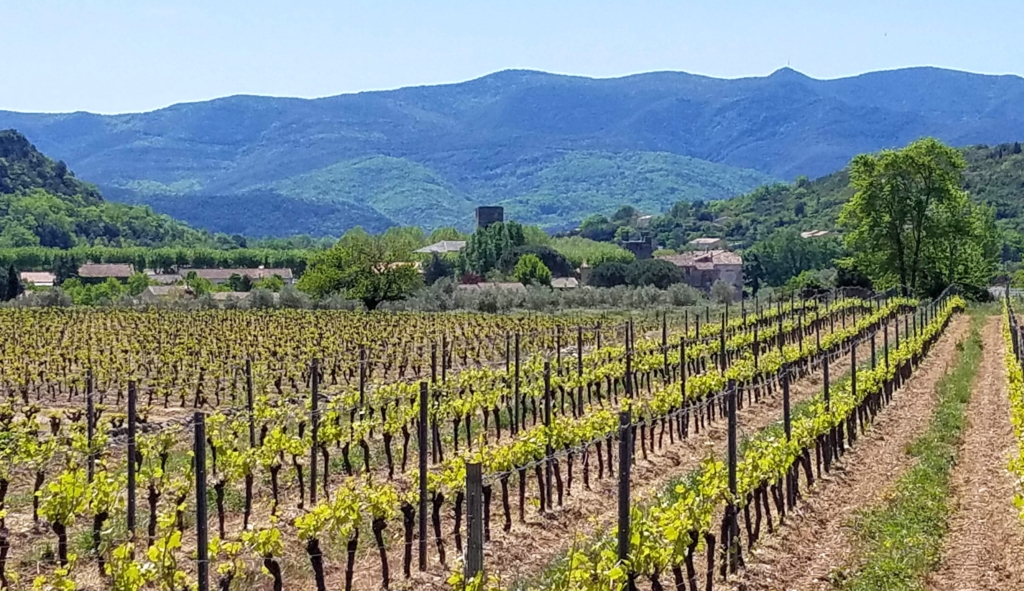
The wines of Languedoc-Rousillon may not be as well known as those of Bordeaux or Burgundy, but this is one of the oldest wine-producing areas in France, with vines first planted by Greek settlers around Narbonne in the 5th century BC.
Town & Country magazine rates this area as possibly the “best kept wine secret in France”, and the region, formerly know for the quantity, rather than the quality, of its wines is now home to many small wineries that offer an array of excellent vintages.
As you explore the region you will undoubtedly see lots of signs for wine tasting / dégustation de vins.
Where to stay while visiting this area
There is a wide choice of wonderful places to stay in Languedoc-Rousillon. However, if you want to stay in a traditional stone house in a medieval village, within 25 minutes – 2 hours drive of all the highlights listed above, check out the AirBnB listing for our Quaint Stone House in the picturesque village of Villemagne l’Argentière.
NOTE: Any ‘must see’ list like this is by definition subjective. Feel free to add a comment below if you have your own favorite places to visit in Languedoc-Rousillon.
